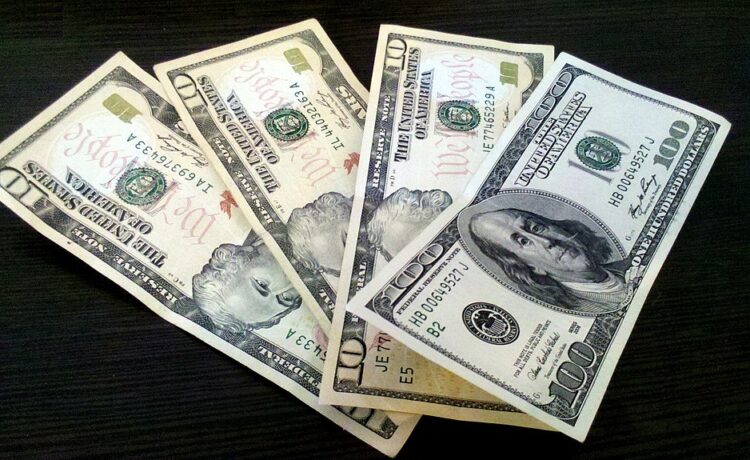The U.S. dollar weakened on Tuesday as sharp gains in the Taiwan dollar triggered strength across Asian currencies, raising doubts about the greenback’s resilience. The Taiwan dollar soared 8% over two days, touching a three-year high of 29.59 per dollar after U.S.-Taiwan trade talks in Washington, before stabilizing at 30.02. Markets speculated that the appreciation was unofficially sanctioned, though Taiwan’s central bank denied any deal.
The Hong Kong Monetary Authority intervened by buying $7.8 billion to defend its currency peg to the U.S. dollar, highlighting broader currency tensions in the region. Meanwhile, investors awaited concrete progress in U.S.-China trade relations beyond diplomatic signals.
The ripple effects lifted other currencies. Australia’s dollar hovered near a five-month high at $0.6449, and China’s yuan climbed to 7.23 per dollar—its strongest since March 20. The Japanese yen, although slightly weaker at 143.99, had jumped 0.9% overnight.
These developments reflect growing unease about the U.S. dollar’s status as a safe haven amid President Trump’s unpredictable tariff policies. “Yields may have normalized, but the dollar remains under pressure,” said CBA’s Carol Kong, pointing to lingering market skepticism.
The dollar index rose 0.2% to 100.04 but remains down 4.3% for the month—its steepest drop in over two years. The Federal Reserve is expected to keep interest rates unchanged in Wednesday’s decision, though future policy paths appear uncertain.
Elsewhere, the euro slipped 0.25% to $1.1287, sterling fell to $1.3265, and New Zealand’s dollar declined 0.3% to $0.5949. With the Bank of England expected to cut rates Thursday and global growth outlook dimmed by tariffs, currency markets remain on edge.

